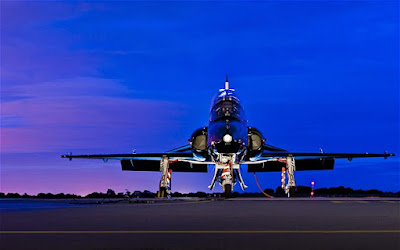The fragile state of the world's largest economies, coupled with political volatility in global hot spots, has continued to stifle business aviation's much-needed recovery.
Aviation analysts concede the industry is positioned for a rebound after five years in the doldrums - but global uncertainty is blocking progress. "I describe the market as underwhelming," says Richard Aboulafia, senior analyst with US-based Teal Group.
"The decline in key indicators has been halted and reversed - unsold inventories are down, utilisation and fuel sales are up and, of course, the US stock market and corporate profits are strong. However, the recovery has been quite muted," he says.
GLOBAL INVENTORIES
The business aviation industry's weak performance is illustrated by Flight International's 2012 business aircraft census. Data compiled by Flightglobal's Ascend Fleets database shows that in the 12 months from 30 September 2011, the world's active turbine corporate aircraft fleet climbed by about 2.5% to more than 29,000 jets and turboprops, compared with 28,300 aircraft in 2011.
The jet inventory has climbed by a modest 565 aircraft to 17,974 - including 391 for the first nine months of the year. The turboprop tally, meanwhile, has nudged forward by 180 types to little more than 11,700 - 177 in the past nine months.





















